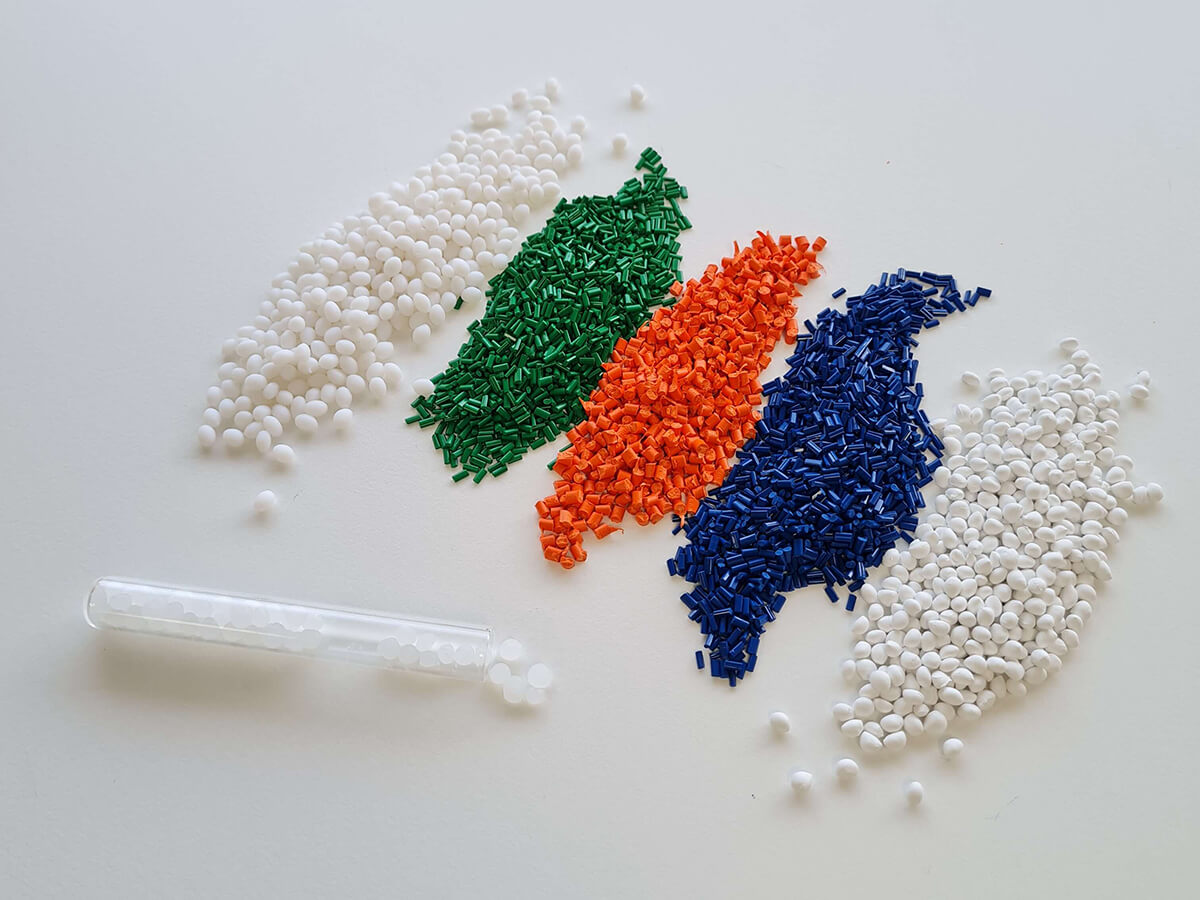
Bioplastics manufacturing and production: everything you need to know
The emergence of bioplastics in the plastics sector has generated a real revolution in the production processes of bioplastics for the different types of applications of conventional plastic materials.
This type of material has seen an increase in demand in recent years as research has led to the emergence of new applications and uses in more sophisticated products.
Do you want to know how the manufacture and production of bioplastics will evolve in the coming years? Just keep reading because we will tell you everything you need to know.
What are bioplastics?
When we talk about the production of bioplastics, we are referring to a whole family of materials. According to the European Bioplastics, a reference body in the bioplastics sector, a plastic material is defined as a “bioplastics” if it is a:
- Bio-based non biodegradable plastic: refers to the material having plant origin but not biodegrading properties, such as BioPE.
- Biodegrable non bio-based plastic: materials that have fossil origin but biodegrade, such as PBAT.
- Biodegradable and bio-based plastics: material of plant origin that also biodegrade, such as PLA
Here are some posts that might you interest:
Where are bioplastics obtained from?
Currently, bioplastics are made from plants rich in carbohydrates such as corn or sugar cane. These are known as food crops or first-generation feedstocks.
The first-generation feedstock represents, to date, the most efficient source for the production of bioplastics. This is because it requires the least amount of land to grow and produce the highest yields.

Another interesting fact is that the area needed to grow the sufficient feedstock that is required for the current production of bioplastics amounts to just over 0.01% of the world’s agricultural area.
Land use during bioplastics production
In 2021, the global production capacity of bioplastics amounted to 2.42 million tons. This translated into approximately 0.7 million hectares of land.
Another interesting fact is that the area needed to grow the sufficient feedstock that is required for the current production of bioplastics amounts to just over 0.01% of the world’s agricultural area.

Benefits of bioplastics production
The main advantage of using bioplastics is to make production of bioplastics more sustainable and in line with different regulations and consumer requirements.
Firstly, bio-based plastics have the main advantage of reducing dependence on limited fossil resources such as oil.

For its part, the EU assured that bioplastics are of great importance due to their lower carbon impact. Life cycle analyses of bioplastics production showed that bio-based plastics allow CO2 savings compared to traditional plastics.
On the other hand, the use of compostable biopolymers can help reduce the amount of waste generated that systematically and permanently ends up in landfills. As these are materials that biodegrade, these materials disappear without a trace in nature as long as they are in the right conditions.
Facts and statistics on bioplastics production
The production of bioplastics is currently one of the biggest questions facing manufacturers in the plastics sector. For this reason, we believe it is important for you to know some data that could be of a great interest to you.
According to Plastics Europe, the production of bioplastics represents less than 1% of the more than 367 million tons of plastic produced annually. However, the production of conventional plastic in the world has suffered a slight decrease.
Global production capacity for bioplastics
According to data extracted by European Bioplastics together with Nova-Institute, global bioplastics production capacity will grow from 2.42 million tons in 2021 to around 7.59 million tons in 2026. If this happens, the production of bioplastics in the global production of the plastics sector would exceed 2% for the first time.

Most common materials in bioplastics production
The large increase in bioplastics production has been seen thanks to the growth of materials such as PBAT (which is a biodegradable bioplastic) and also PBS and bio-based polyamides.
On the other hand, the most and best known material in the world of bioplastics will continue to play an important role and its production will continue to grow due to new investments in Asia, USA and Europe.
Today, bioplastics such as PLA, PHA or starch blends account for more than 64% of the world production of these materials.
Finally, it is worth nothing that non-biodegradable bio-based plastics (i.e. of plant origin) account for about 36% of bioplastics production capacity. However, this percentage is expected to decrease to just over 30% by 2026.

Bioplastics sourcing continues to be a key issue
Bioplastics have been gaining presence in different types of sectors thanks to the development of new applications and research that have made possible a greater processability of different materials.
That is why bioplastics are used in different markets such as packaging, agriculture, toys… The packaging industry is still the main target segment for this type of material, accounting for 48% of the total world production of bioplastics. However, segments such as construction and automotive are still on the rise with growing capacities for functional polymers.
Read more: Why sustainable packaging is a good alternative for your business
Bioplastics sourcing continues to be a key issue
Concerns about bioplastics sourcing continue to be a key concern for the industry. This is a necessity in order to achieve a circular economy model.
At Prime Biopolymers as experts in the production of bioplastics for industrial use, we know that bioplastics can be a real solution for the plastics sector. That is why we celebrate good news such as a global growth in the production of this type of materials.









